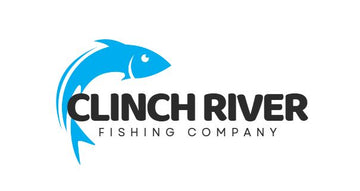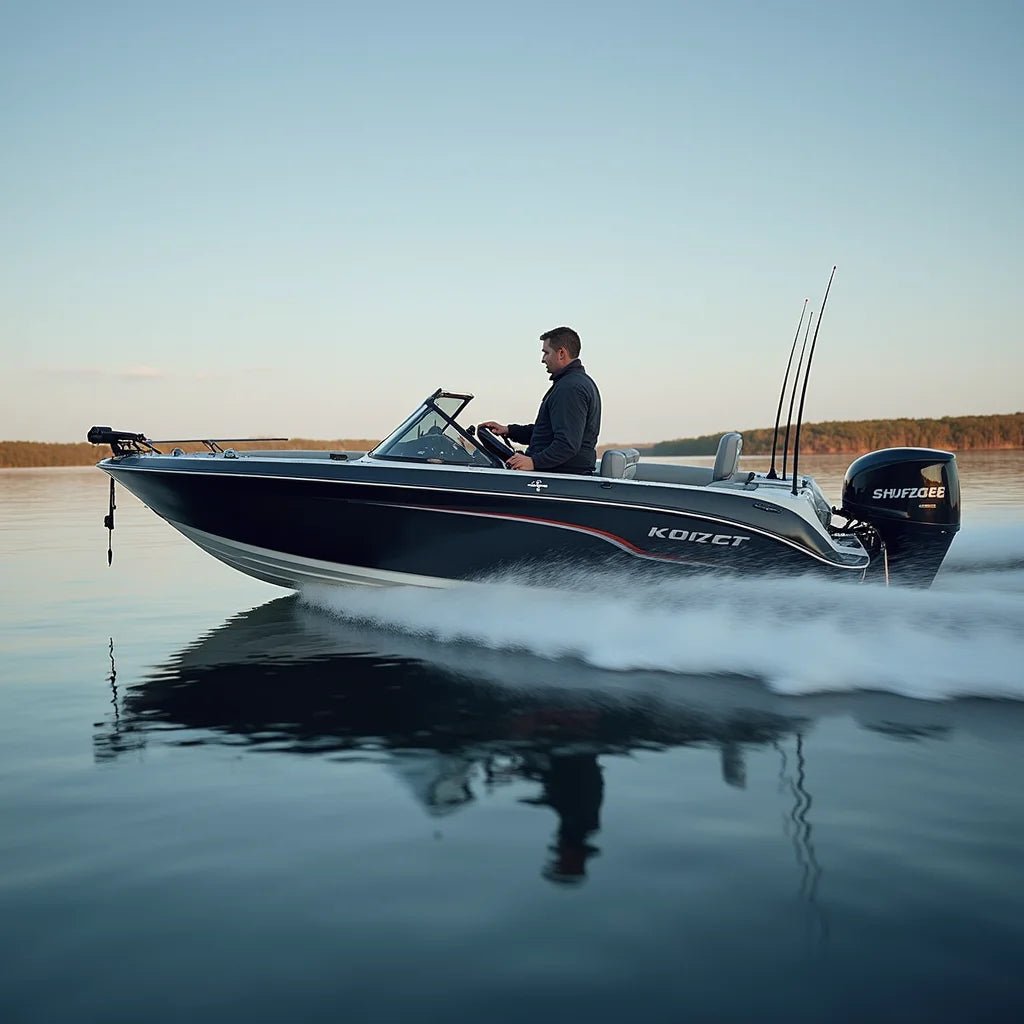Updated on: 2025-10-09
Table of Contents
- Did You Know? Minn Kota Facts That Help On The Water
- Expert Tips for Minn Kota Motors and i-Pilot Setup
- Personal Anecdote: A Calm First Day With a Minn Kota
- Summary & Takeaways for Minn Kota Owners
- Minn Kota Q&A: Common Questions Answered
If you enjoy quiet boat control and precise boat positioning, minn kota remains a trusted name for many anglers and paddlers. From steady thrust to GPS anchoring with i-Pilot, Minn Kota Motors offer features that help you move with care and accuracy. This article walks through choosing a trolling motor, understanding i-Pilot, and completing a respectful installation and calibration. If you would like local inspiration while planning your setup, you may appreciate these local guides and gear ideas.
Did You Know? Minn Kota Facts That Help On The Water
- MinnKota introduced electric trolling solutions focused on quiet, steady thrust that helps you move without spooking fish.
- Many Minn Kota Motors offer i-Pilot, a GPS-powered system that can hold your position (Spot-Lock), record paths, and maintain heading.
- Shaft length matters as much as thrust. Correct length keeps the prop submerged in chop for consistent control.
- Bow-mount motors give precise steering for anglers who cast forward. Transom-mount motors are simple and versatile for small boats and kayaks.
- Battery planning supports performance. Clean wiring, secure connections, and adequate capacity extend run time and reliability.
Expert Tips for Minn Kota Motors and i-Pilot Setup
These respectful, easy-to-follow tips aim to help you find the best fit and a smooth setup experience with your Minn Kota trolling motor and i-Pilot features.
Choosing the best Minn Kota trolling motor for kayak fishing
Kayak anglers often ask about the best Minn Kota trolling motor for kayak fishing. A careful choice balances compact size, quiet power, and mounting style that suits your hull. A few gentle guidelines may help:
- Thrust: Many kayaks do well with 30–55 lb thrust. Lighter boats with minimal gear can stay toward the lower end; heavier kayaks, tides, or current may benefit from 45–55 lb.
- Mounting: Transom-mount is simple and flexible. Some anglers use specialized bow mounts for hands-free control while casting. Choose the mount that keeps your deck clear and your hands free where it matters.
- Shaft length: Shorter shafts reduce bulk and improve portability. Ensure the prop stays fully underwater in light chop to avoid cavitation.
- Steering and control: A simple tiller can be enough for short moves. If you plan to hover on structure, consider i-Pilot models for Spot-Lock and route control where compatible.
Before drilling or mounting, many paddlers do a dry run of cable placement and foot position. This small test can keep your strokes comfortable and your deck uncluttered. For added rigging inspiration, these kayak rigging ideas may be helpful.
Which Minn Kota trolling motor is best for my boat size and type?
It may feel reassuring to match thrust and shaft length to your boat and water conditions. Here is a simple way to think about it:
- Small jon boats, dinghies, and canoes: 30–45 lb thrust, shorter shafts. A transom-mount Minn Kota is often sufficient for calm lakes and small rivers.
- Mid-size aluminum or fiberglass boats: 55–80 lb thrust, medium-to-long shaft, often bow-mounted for precise casting control.
- Heavier boats or consistent wind/current: 80 lb+ thrust, longer shaft, bow mount preferred. Larger heads and sturdier mounts help in chop.
Consider how you fish. If you cast toward shorelines or points, a bow-mount model offers quick, fine steering. If you mostly troll or position from the stern, a transom-mount can be simple and effective. The main goal is steady thrust, clean cable runs, and a helm position that feels natural.
Minn Kota i-Pilot installation and setup guide
If your Minn Kota includes i-Pilot, installation and setup can be a calm routine. The following high-level steps may assist. Always follow the official Minn Kota manual for your exact model.
- Plan the mount: Choose a solid, flat surface with clear stow/deploy motion. Confirm the head clears the bow and rails.
- Mark and drill: Use a template if provided. Dry-fit the base, verify cable routing, and then drill pilot holes with care.
- Secure the base: Add backing plates or washers as needed. Tighten hardware evenly.
- Route power: Use marine-grade wire sized to your model’s draw. Install a circuit breaker to the manufacturer’s rating and keep runs as short as practical.
- Connect and test: Confirm polarity, tighten terminals, and test deployment and steering with no obstructions.
- Initialize i-Pilot: Power on, pair the remote, and perform compass calibration for accurate Spot-Lock and heading.
When this foundation is in place, i-Pilot features such as Spot-Lock, heading lock, and route recording can feel natural. For gentle water etiquette and area insights, you might enjoy practical fishing tips as you refine your approach.
How do I pair and calibrate a Minn Kota i-Pilot remote?
Pairing and calibration support accurate GPS anchoring and heading. The process may vary by model, so please refer to your manual as well. Here is a straightforward outline:
- Pair the remote: With the motor powered, open the remote’s pairing menu. Start pairing on the motor head (or control box) per your model. Confirm when the remote shows a successful connection.
- Update firmware (if available): Some systems allow updates through compatible apps or devices. If an update is offered, complete it before calibration.
- Compass calibration: Move to an open area. Start the calibration mode and follow on-screen prompts. You may be asked to make slow turns so the compass can learn its environment.
- Set location services: Ensure the GPS has a lock. Wait for a steady signal before testing Spot-Lock.
- Test key features: Engage Spot-Lock, adjust speed in small steps, and try a short recorded path to confirm responsiveness.
Completing these steps with unhurried movements gives the system time to learn, which often improves accuracy on the water.
Personal Anecdote: A Calm First Day With a Minn Kota
My first quiet morning with a Minn Kota remains a kind memory. I launched before sunrise, eased the trolling motor on, and let the i-Pilot hold me near a small point. The wind shifted a little, yet the boat stayed steady without me touching the wheel. That unhurried moment allowed a careful cast along the seam where shade met light. The lure moved at a slow, even pace, and I felt far more focused on the presentation than on steering. I remember thinking that gentle control can make the day feel longer, in a good way.
Summary & Takeaways for Minn Kota Owners
- Match thrust to boat weight, wind, and current. Many kayaks do well with 30–55 lb, while larger boats may benefit from 55–80 lb or more.
- Choose a shaft length that keeps the prop fully submerged. This helps reduce cavitation and noise.
- Pick a mount that fits your fishing style. Bow mounts provide precise control for forward casting; transom mounts keep setup simple.
- i-Pilot features like Spot-Lock and heading hold can reduce workload. Pair and calibrate the remote in a calm, open area for best results.
- Use clean, marine-grade wiring with a suitable breaker. Secure connections help your Minn Kota run smoothly.
If you are planning a new setup or refining your approach, a gentle review of your goals and local conditions can be reassuring. When you feel ready to outline your next outing, you may find it helpful to plan your next calm day on the water. And as always, please review your owner’s manual and follow the manufacturer’s safety guidance.
Minn Kota Q&A: Common Questions Answered
Does i-Pilot work without a GPS signal?
Core trolling motor functions, such as speed control and steering, continue to operate. However, i-Pilot features that depend on GPS—like Spot-Lock, route recording, and advanced autopilot—require a stable GPS lock. If signal is weak, features may pause until a steady lock returns.
What battery size is suitable for a 55-lb thrust Minn Kota?
Many 55-lb thrust models run on 12V systems. A deep-cycle marine battery with ample amp-hours helps extend run time. Group size and capacity depend on your boat weight, wind, current, and speed settings. If you plan full days on the water or use higher speeds, a higher-capacity battery or a secondary battery may be helpful.
How often should I update my Minn Kota i-Pilot firmware?
It is considerate to check for updates occasionally, especially before a new season or after purchasing a new remote. Updates can improve stability or add refinements. If you are satisfied with performance and experience no issues, you may choose to update less frequently, following the manufacturer’s guidance.

Owner and CEO of Clinch River FIshing USA. A marine electroncs, fishing and outdoor store.

